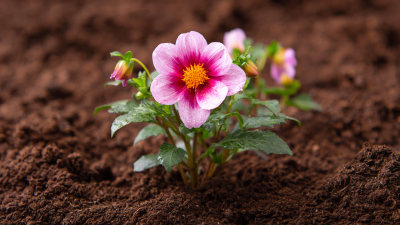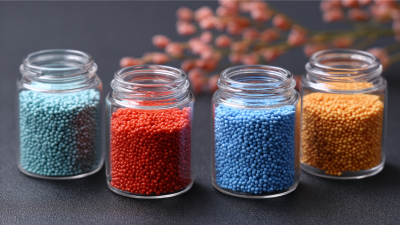In the pursuit of vibrant and flourishing blooms, gardeners and horticulturists are increasingly turning to Water Soluble Flower Fertilizer. Recent studies suggest that the use of water-soluble fertilizers can enhance nutrient uptake in flowers by up to 30%, leading to more lush and colorful blooms. As noted in the 2022 Fertilizer Industry Research Report, the controlled application of water-soluble formulas allows for precise nutrient delivery, which is vital for promoting optimal growth conditions for flowering plants.
Industry expert Dr. Elaine Green, a leading researcher in plant nutrition, emphasizes the importance of this approach: “Water Soluble Flower Fertilizer not only ensures that essential nutrients are readily available for uptake but also minimizes the risk of nutrient leaching, making it a sustainable choice for both home gardeners and commercial growers.” With the horticultural sector continuously evolving, choosing an effective fertilizer is paramount to achieving and maintaining plant health. As more data emerge on the benefits of water-soluble options, it's clear that these fertilizers play a crucial role in enhancing bloom quality and longevity, making them a preferred choice for those aiming to cultivate stunning floral displays.
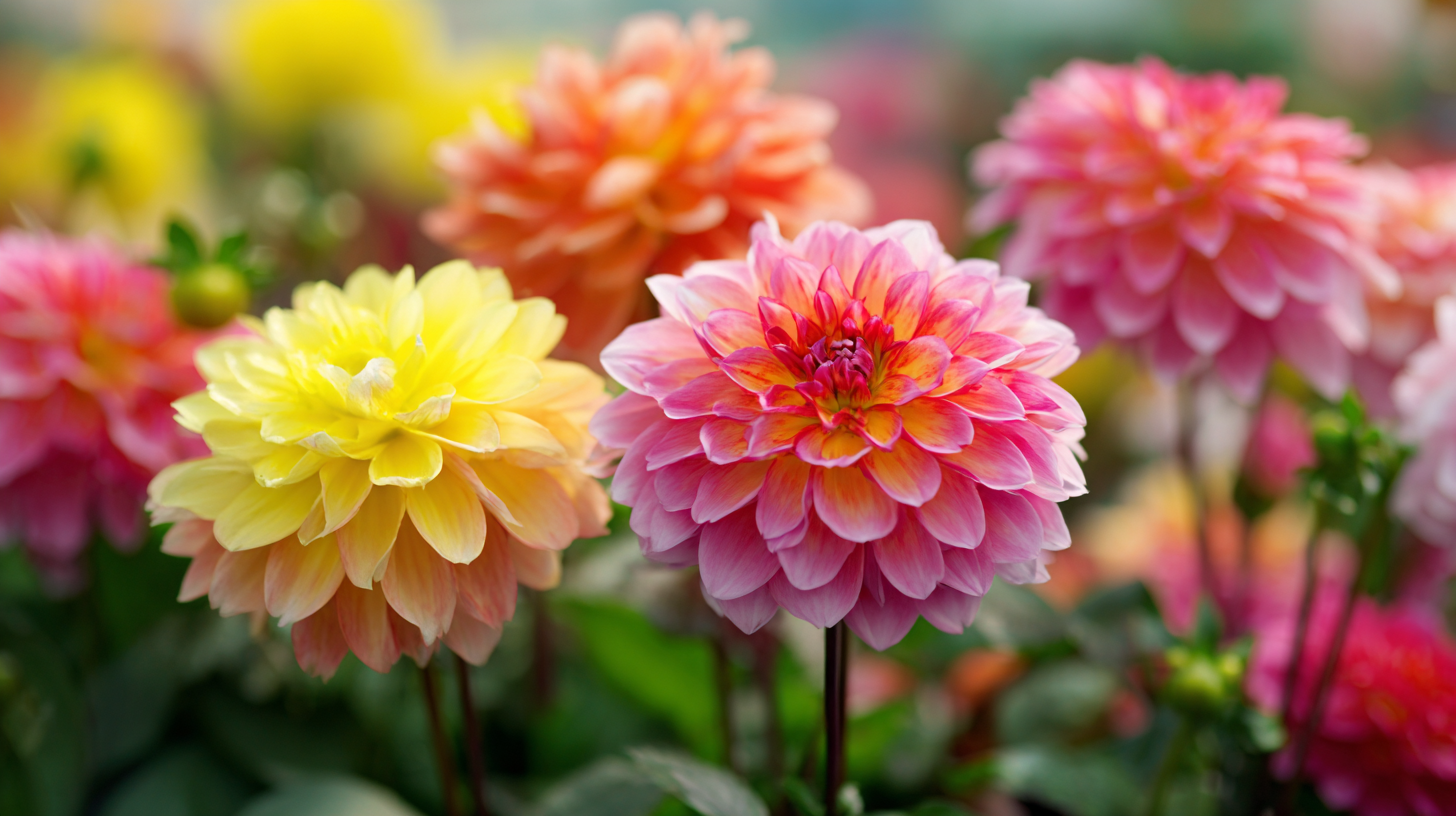
Water soluble flower fertilizers are an excellent choice for gardeners seeking vibrant blooms and healthier plants. One of the top benefits is their fast-acting formulation. These fertilizers quickly dissolve in water, allowing plants to absorb nutrients almost immediately, which can lead to quicker and more robust growth. This is particularly beneficial for annuals, which thrive during the growing season and reward gardeners with extended bursts of color when properly fed.
Another advantage of water soluble fertilizers is their versatility. They can be tailored to meet the specific nutrient needs of different flowering plants. For instance, when caring for hydrangeas, applying a water soluble fertilizer can significantly enhance flower size and richness in color. Moreover, these fertilizers can be easily incorporated into regular watering schedules, making them convenient for maintaining flowering plants over several months. This adaptability not only promotes flourishing blooms but also ensures that plants remain healthy and resilient throughout their growth cycle.
When selecting a water-soluble flower fertilizer, it’s essential to understand the key ingredients that can significantly enhance your blooms. The first crucial ingredient to look for is nitrogen. Nitrogen is vital for the growth of foliage and plant vitality, promoting lush green leaves that ultimately support the beautiful blooms. A fertilizer with an adequate nitrogen content will ensure that your flowers remain healthy and vibrant.
Another important ingredient is phosphorus. Phosphorus plays a critical role in flower production and root development. It aids in the formation of strong, healthy roots while encouraging abundant flowering. A water-soluble flower fertilizer rich in phosphorus will not only promote larger blooms but also ensure that the plants can access nutrients more effectively.
Lastly, potassium is key for overall plant health and resilience. This nutrient supports photosynthesis and strengthens plants, making them more resistant to disease and adverse weather conditions. A balanced water-soluble fertilizer that contains all three of these essential ingredients—nitrogen, phosphorus, and potassium—will provide a strong foundation for your flowers to thrive and achieve stunning results in your garden.
This chart illustrates the percentage of key ingredients often found in water soluble flower fertilizers, which are essential for promoting healthy blooms.
Using water-soluble flower fertilizer can significantly enhance the growth and blooming of your plants. However, to reap the maximum benefits, it's crucial to apply it correctly. Here are four essential tips for proper application.
First, always dilute your water-soluble fertilizer according to the manufacturer's instructions. Over-concentration can lead to fertilizer burns on delicate flower roots, while under-dilution may not provide adequate nutrients. A balanced mixture ensures that your flowers receive the right amount of nourishment without risking damage.
Second, timing is key. Apply the fertilizer during the active growth period of your flowers, which typically peaks in spring and summer. Utilizing the fertilizer early in the morning or late in the afternoon helps to minimize evaporation and allows the plants to absorb nutrients more effectively.
Lastly, consider your watering schedule. Water-soluble fertilizers need moisture to activate. Ensure your flowers are well-watered before application to help the nutrients penetrate the soil. Following these tips will ensure your blooms not only thrive but also display vibrant colors and lush foliage throughout the growing season.
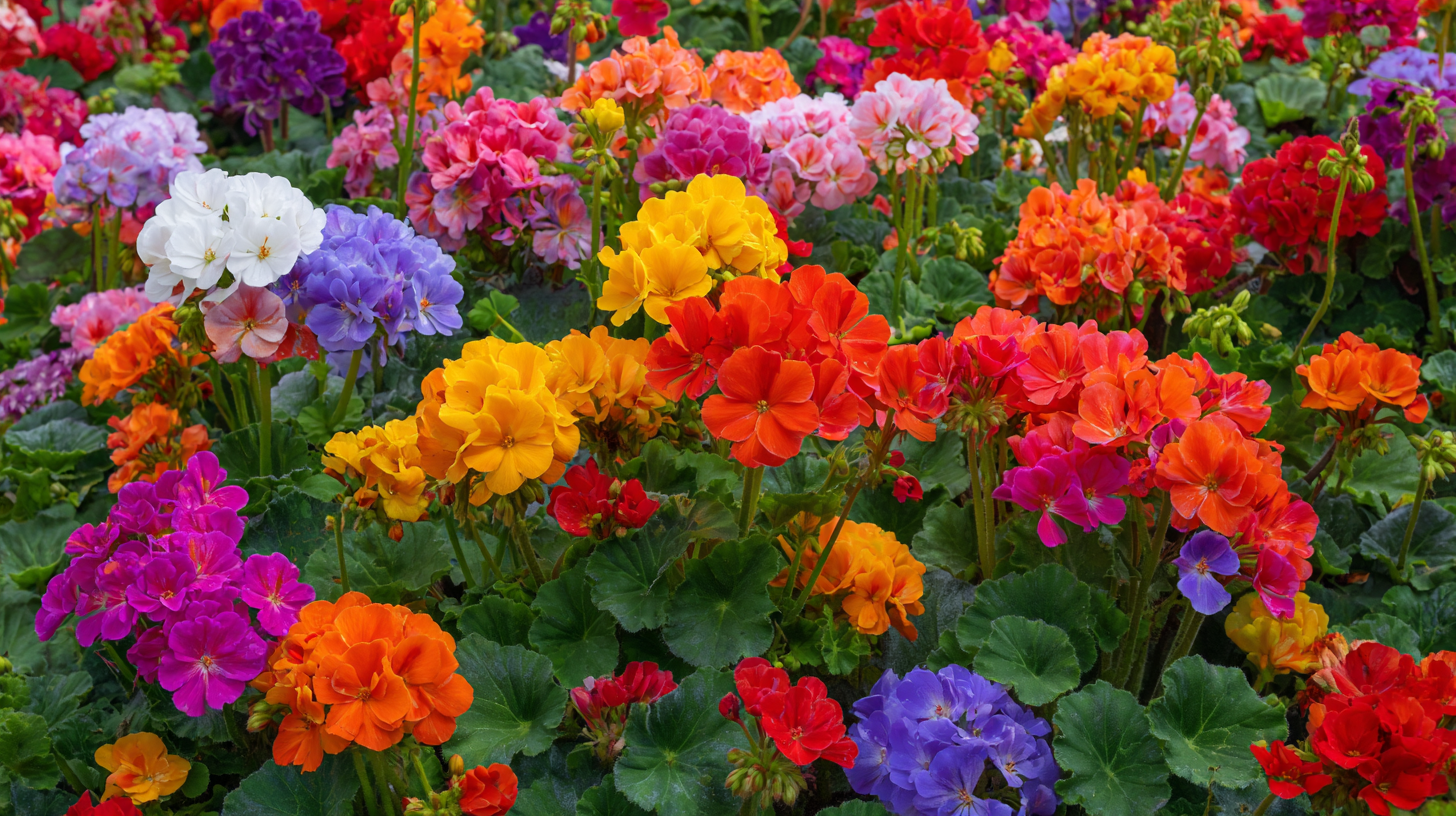
When gardeners seek to achieve vibrant, thriving blooms, the choice of fertilizer is crucial. Water soluble flower fertilizers have gained popularity due to their quick absorption and immediate effects on plant health. According to a recent report from the Horticultural Research Institute, plants that receive water soluble fertilizers exhibit a 20-30% increase in flowering rates compared to those that rely solely on granular fertilizers. This is largely due to the key nutrients being readily available to plants, enabling them to flourish.
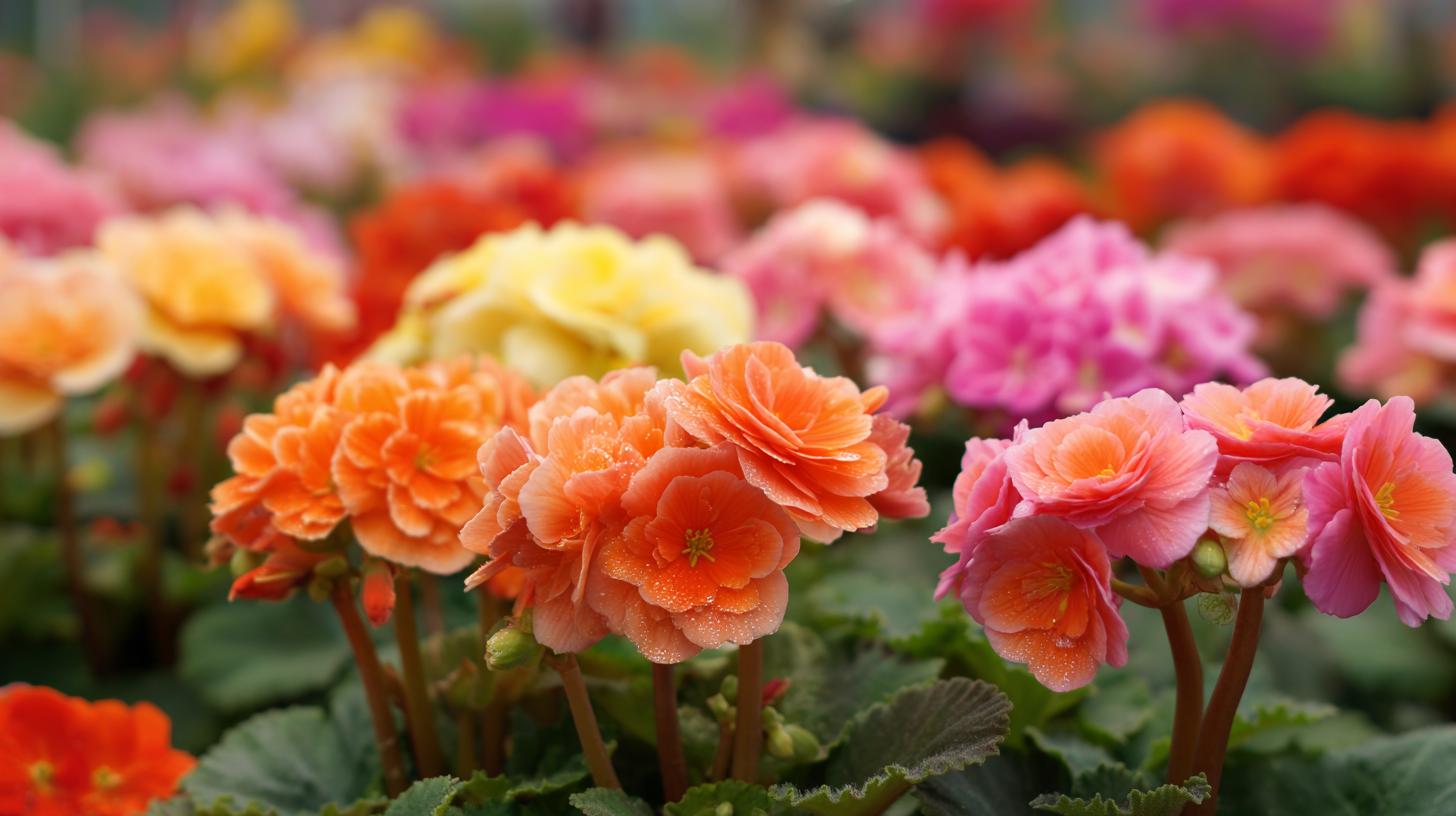
Here are some tips for using water soluble flower fertilizers effectively:
By understanding these aspects and making informed choices, gardeners can create stunning floral displays that enhance their outdoor spaces.
Using water-soluble flower fertilizers can greatly enhance the beauty of your blooms, but certain common mistakes can hinder your gardening success. One of the most frequent errors is over-fertilizing. Many gardeners believe that more fertilizer will lead to better results, but this can cause nutrient burn and damage the plants. It's crucial to follow the recommended application rates and frequency found on the fertilizer packaging to promote healthy growth without overwhelming your flowers.
Another mistake is improper mixing of the fertilizer. When using water-soluble products, it's essential to dissolve the fertilizer completely in water before application. Inadequate mixing can result in uneven distribution of nutrients, leaving some plants undernourished while others receive too much. Additionally, timing your fertilizer applications can significantly impact flower health.
Fertilizing during extreme temperatures or when plants are dormant can lead to poor nutrient absorption. By avoiding these common pitfalls, you can maximize the benefits of water-soluble fertilizers and enjoy a vibrant display of blooming flowers.
